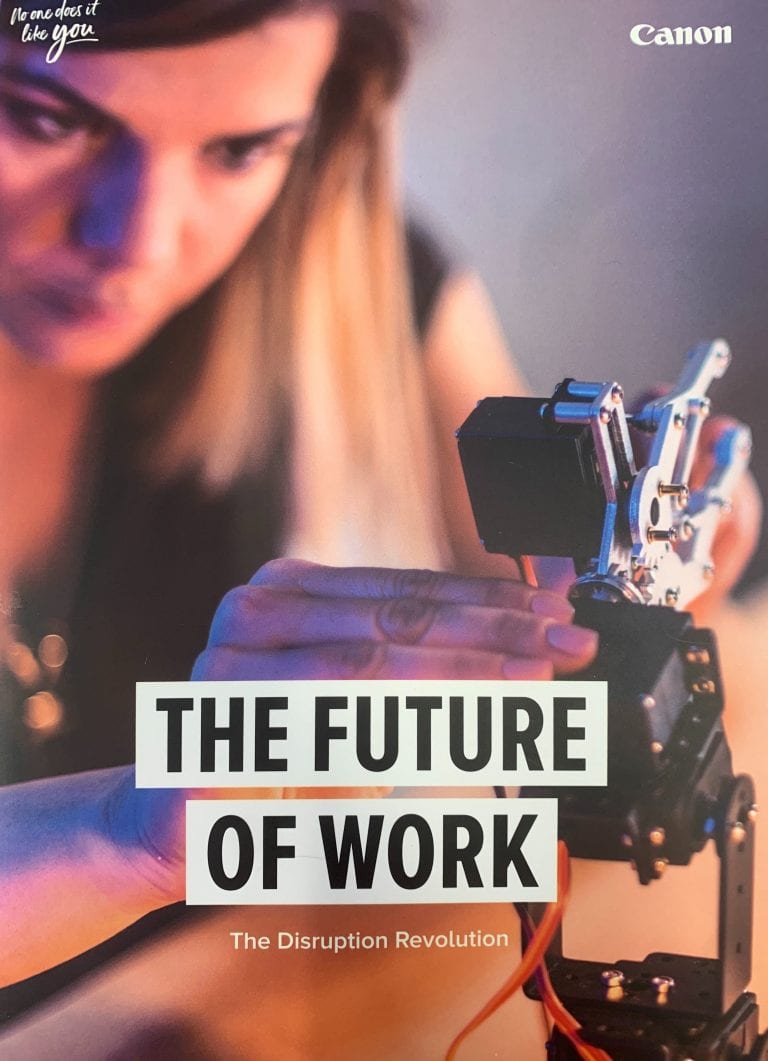Distracted and disengaged: A sign of unhappiness at work
Have you ever noticed your employees getting distracted by their phone or social media at work? Well, if that’s the case, you’re not alone. With technology taking an increasingly prominent role in our lives, it can be an outlet people use when looking for more meaning at work.
We recently commissioned research exploring how people are distracted by technology in the workplace. It revealed that over half (52%) of Australians who are distracted at work would be less distracted if they felt happier.
In fact, distractions at work seem to be commonplace, with one in three Aussies saying they are regularly distracted by their smartphones and social media at work, while more than half (51%) check their phones up to 10 times a day.
Regular distractions at work not only show that an employee may be unhappy, but it can also impact productivity. Previous studies highlighted that once an employee is distracted, the average time it takes to get back to peak concentration is 23 minutes. This means if an employee is disengaged and unhappy at work, they’re likely to be easily distracted and spend a significant amount of time being unproductive, which can ultimately impact a company’s bottom-line.
So why are distractions in the workplace occurring, and how can businesses reduce the amount of time employees are spending distracted by smartphones and social media?
While distractions in the workplace occur, not all distractions should be viewed negatively. Having some distractions can encourage people to have a chat and connect with each other over the latest news or funny memes – an important aspect in building a sense of belonging and a happy culture.
However, when workers are distracted too often or for too long, it indicates they may be unhappy which often results in a lack of motivation to get work done and has a knock-on effect on a company’s success.
As our research shows, distractions at work are not a result of smartphone or social media addiction but instead they can be a result of an employee’s disengagement at work. For this reason, tackling smartphone use in the workplace is not as black and white as implementing a ban on mobile phones, as the devices simply act as a means for employees to focus their disengagement toward.
If businesses want to minimise distractions in the workplace, the key is to focus on making sure people find their work meaningful and fulfilling. When employees are happy and engaged in meaningful work which connects them to a purpose, they are more productive, creative and less likely to take unnecessary sick days or leave. Only when this becomes a reality, will distractions in the workplace subside.
Summary of research results:
- 52% of Aussies who are distracted by their smartphone or social media at work would check it less if they were happier at work
- 32% of Aussies regularly get distracted by social media or their smartphone during work hours
- 51% are checking their phones or social feeds up to 10 times a day
- 24% spend between 31-90 minutes on their smartphone or social media during work hours
- 69% spend 30 minutes on their smartphone or social media during work hours
- 37% of Aussies agreed that if they were happier at work, they would check my social media/smartphone less
Research methodology:
The research was commissioned in June 2018 by PureProfile. The poll surveyed 1001 employed Australians aged 18-65+ years






